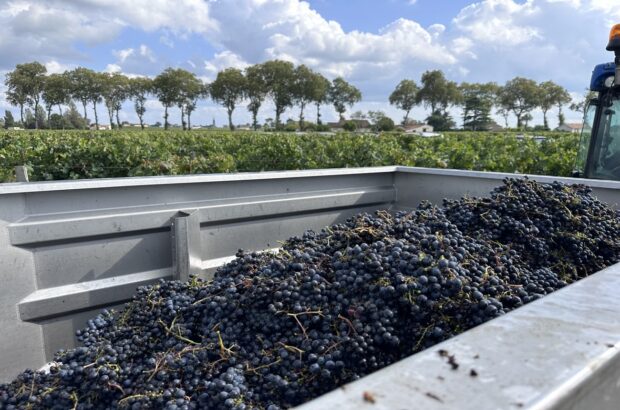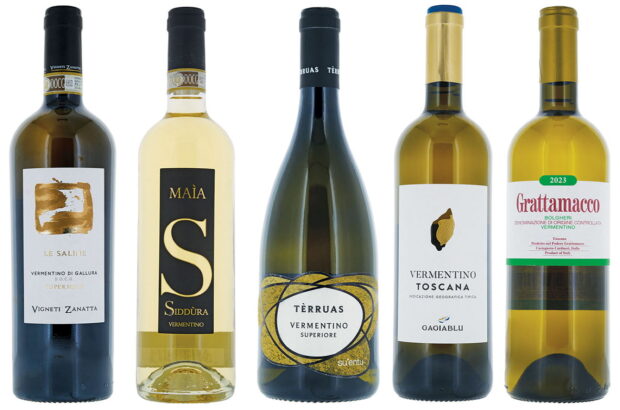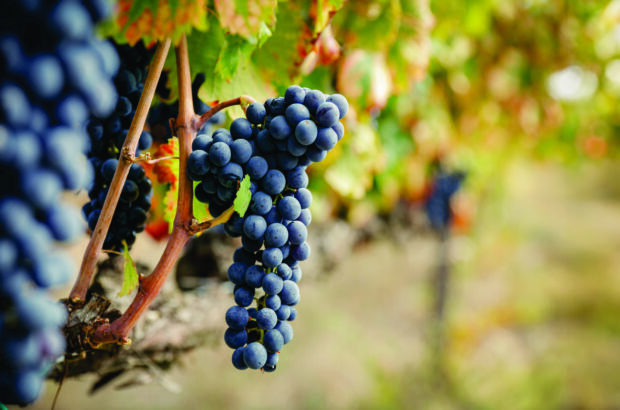Many French recipe books exist, but outside France few are imbued with the whole cultural context around living and eating, and even fewer are authored by local people. My family have been fruit farmers in Provence for hundreds of years, but as times change, I could sense an intangible, precious part of Provençal culture slipping away, as the older generation passed.
My book Provence: The Cookbook was a way of providing a snapshot of how farming families truly live and eat in Provence: moving with the rhythms of the seasons, preserving surplus (coulis de tomates, compotes, vin de noix) and celebrating single ingredients when they come into season.
Tomates Provençales is one of my favourite recipes in the book. It turns something inexpensive – even the most uninspiring-looking tomatoes in the dead of winter – into something magical.
In Provence, you would often have this dish as part of a main meal, but I think the tomatoes work beautifully for an aperitif, too. In fact, I’ll often serve them as a party nibble: as a topping on small slices of toasted sourdough spread with soft goat’s cheese. This is my favourite way to eat them. Any leftovers the next day can also be blitzed and used as a pasta sauce. Delicious.
Oven temperatures vary, so you’ll really want to cook these tomatoes until they are oozing, dark in places, skin wrinkled, but acting like a vessel for the delicious sauce they spontaneously make. They should be lovely and bursting with juices, but on their way to looking like sundried tomatoes.
Tomates Provençales recipe
These are delicious warm or at room temperature. Cooking Tomates Provençales is straightforward, but as with all tomato dishes, salt is the most important ingredient: it should be added liberally as it unlocks the flavour of the tomatoes.
Serves 4
Preparation time 10 minutes
Cooking time 35 minutes
Ingredients
- 10 medium tomatoes
- 3 garlic cloves, crushed
- 3 big pinches of sea salt flakes
- 2 pinches of freshly ground black pepper 20 basil leaves
- 1-2 tbsp breadcrumbs
- 3-4 tbsp olive oil
Method
1. Preheat the oven to 220°C/200°C fan/gas mark 7 and slice the tomatoes in half along their equator.
2. Place the halves, cut-side up, on a baking tray. Distribute the crushed garlic between the tomatoes, tucking it in so it doesn’t sit on the surface.
3. Sprinkle over plenty of salt and black pepper, followed by the basil leaves and breadcrumbs.
4. Finish with a generous drizzle of olive oil, then bake in the oven for 30-35 minutes, until the tomatoes are oozing and beautiful.
The wines to match Tomates Provençales
Provence rosé
It would seem perverse not to drink a Provençal rosé with this classic dish, but as the tomatoes are cooked I’d make it a more weighty example such as a Bandol rosé, rather than one of the lighter, more gluggable ‘swimming pool’ styles. A Provençal white such as Cassis would be delicious too.
Domaine Bunan, Mas de la Rouvière, Bandol, France 2020
Lighter red Rhône
If you prefer a red, the neighbouring Rhône region offers unbeatable value, though full-bodied reds such as Châteauneuf-du-Pape or Gigondas might well overwhelm what is likely to be an entrée. A young Côtes du Rhône Villages or Costières de Nîmes would suit this time of year better.
M Chapoutier, Côtes du Rhône Villages, France 2019
Tomatoes & wine
Tomatoes are held to be tricky with wine, but they appear in so many guises we’d be depriving ourselves if we didn’t drink with them. The key thing to bear in mind is whether they’re raw or cooked. If they’re raw – and likely to be dressed as in a salad or a salsa – it’s the acidity you need to contend with, and I personally find that a fresh dry white wine like a Sauvignon Blanc or pale crisp southern French or Provençal rosé work best.
If tomatoes are cooked, as in many Italian dishes, it can bring out a note of sweetness and also savouriness if they’re combined with more robust ingredients such as aubergines or cheese, and this generally inclines me towards a red. Italian reds, of course, work particularly well, especially those from southern Italy – Nero d’Avola or Negroamaro – but classic southern Rhône and Languedoc blends of Grenache, Syrah and Mourvèdre also rub along well. Fiona Beckett
Provence: The Cookbook by Caroline Rimbert Craig is published by Kyle Books (£23.25), and was 2020 UK winner in the Gourmand World Cookbook Awards (Mediterranean category)











